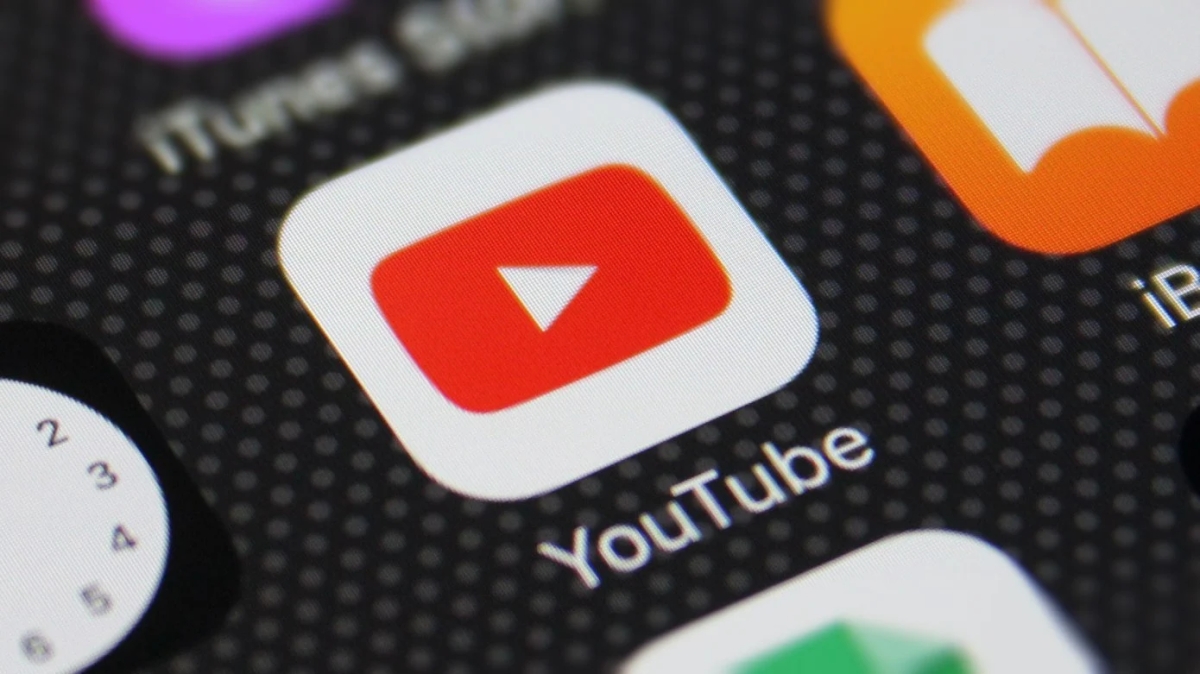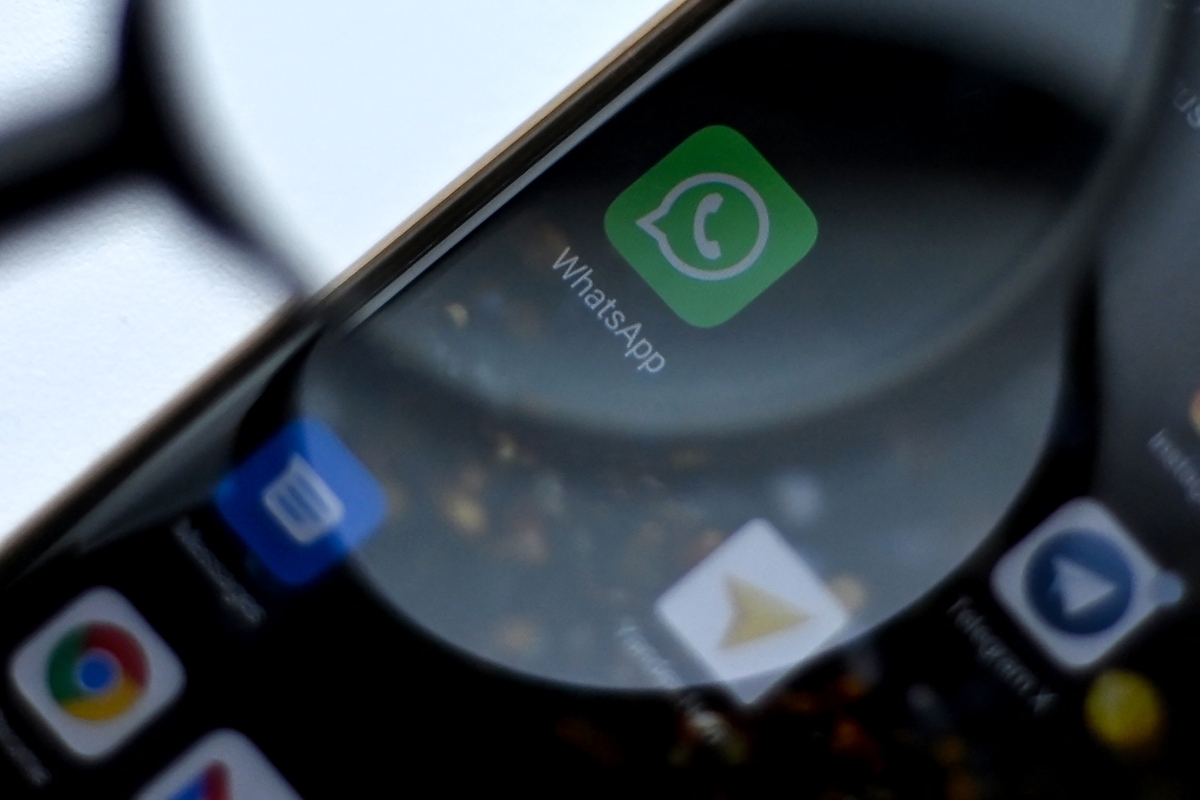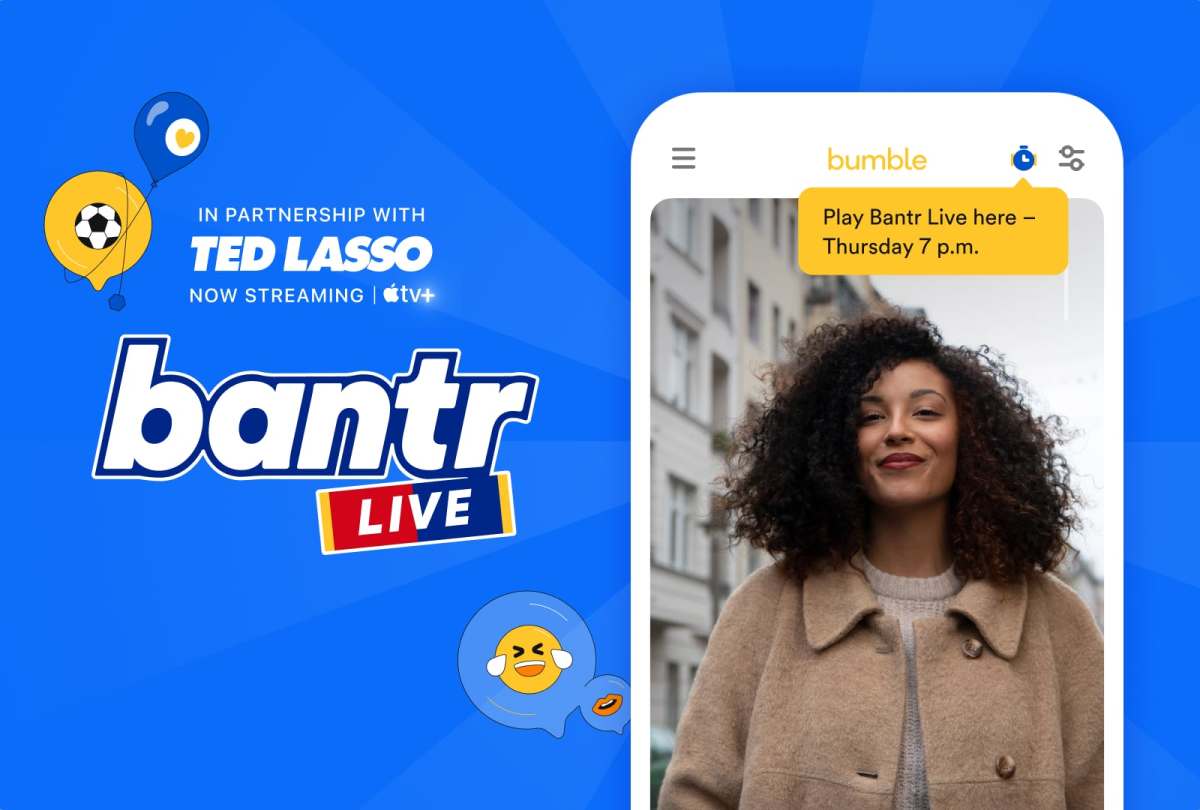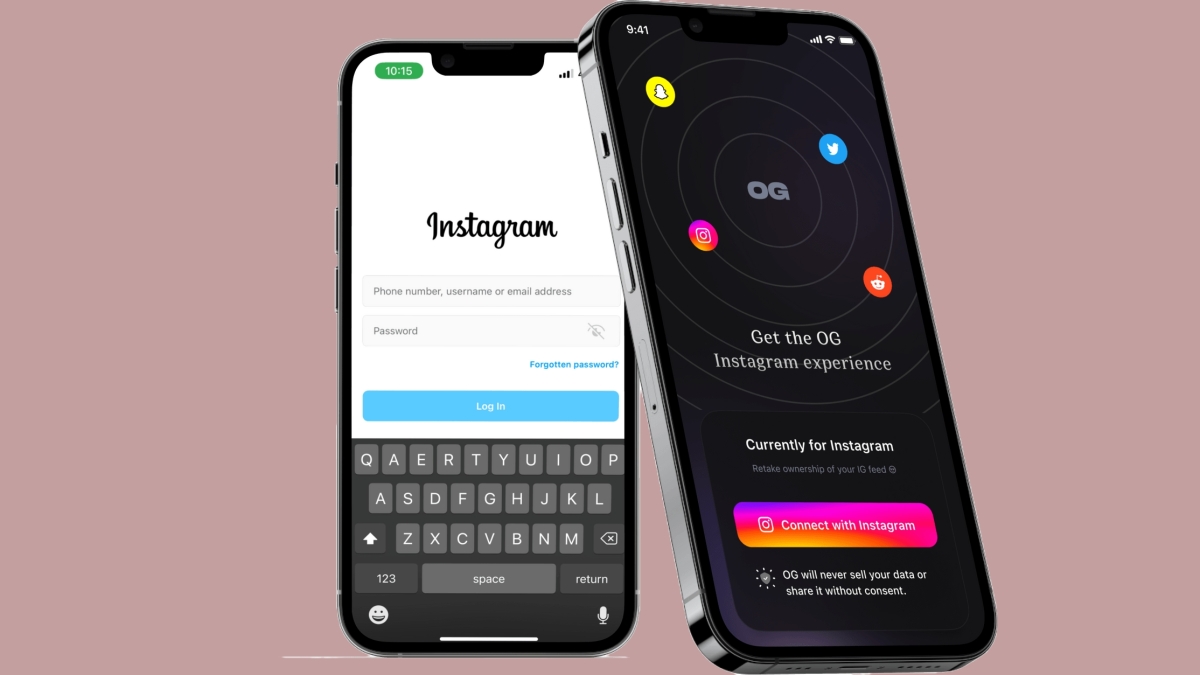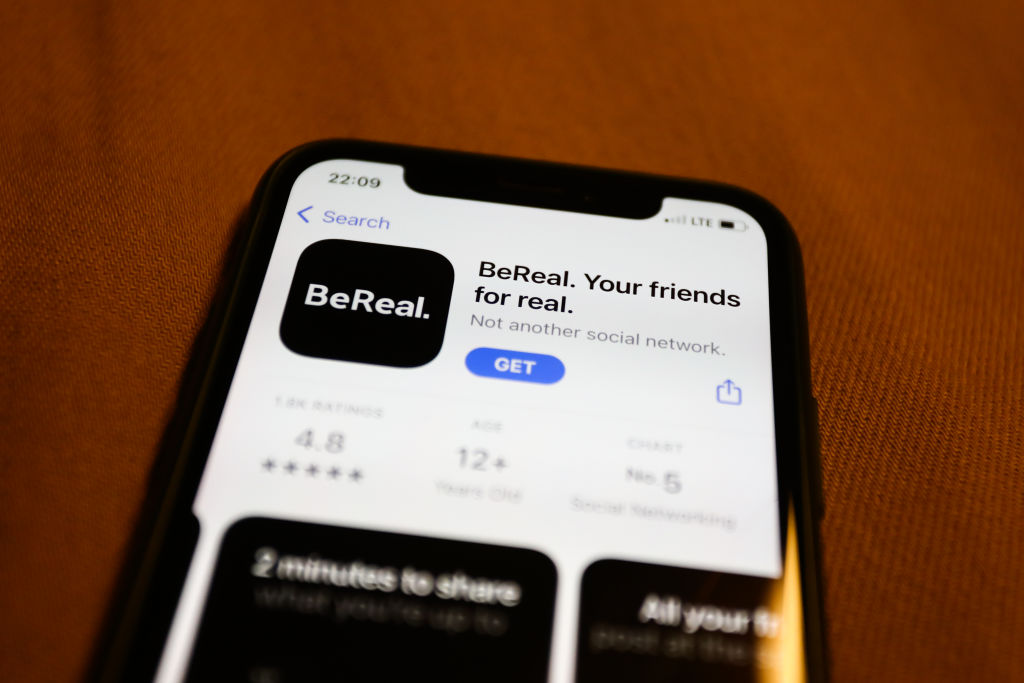YouTube to broadly support the @username format with launch of YouTube handles • ZebethMedia
YouTube is making it easier for creators to direct viewers to their channels. The company today announced “handles,” a new way for creators to identify their channel with an @username format in order to interact with their viewers across YouTube Shorts, channel pages, in video descriptions, in comments and more. These handles will be made available to everyone on YouTube — you don’t need to be a creator of a certain size or subscriber count to claim your own unique @handle, YouTube says. Handles and @usernames are common across social media, including on sites like Facebook, Instagram, Twitter, Telegram and others. But YouTube had only offered limited support for the format — allowing creators to mention channels in video titles and descriptions with the @ symbol, or mention other users in YouTube Live chats, for example. But the @username option was not available in other areas and discussions. Instead, you’d have to reply to another YouTube user’s comment in order to tag them. With YouTube’s expansion into TikTok’s territory with YouTube Shorts, however, the company now wants to more closely mimic the way the ByteDance-owned video app encourages users to engage in back-and-forth discussions through their short videos and in the resulting discussions and video responses that come about. To work, that requires the use of @usernames — or @handles as YouTube calls them. YouTube says the new handles will appear on both channel pages and Shorts, making them “instantly and consistently recognizable” across the platform. After handles are fully launched, users will be able to @mention others in the comments, community posts, video descriptions and elsewhere. While these handles won’t replace the channel name itself, they will be unique across YouTube, allowing creators to establish a distinct presence for themselves on the platform. Support for handles will begin to roll out gradually, starting later next week. To protect creators from having their channel name staked by someone else in what’s sure to be one of the biggest username landgrabs on the internet, YouTube notes that channels that already have a personalized URL will see that becoming their default handle unless they choose to change it. The company also indicated that the timing of the rollout of handles has been designed in a way to ensure that established creators will gain access to the feature first, as YouTube plans to utilize factors — like the creator’s overall YouTube presence, subscriber count and whether the channel is active or inactive — when determining when to offer a creator the ability to set up their own handle. After a handle is established, YouTube will additionally create a matching URL in the format of youtube.com/@handle, which would allow the creator to market their handle elsewhere on the web or in other media. And if the channel already had a personalized URL it was using for a similar purpose, they won’t need to update their links — that URL will automatically redirect to the new handle-based URL instead. Everyone on YouTube will be able to grab a handle for themselves at some point. YouTube says creators should look for a notification to arrive over the next month.
